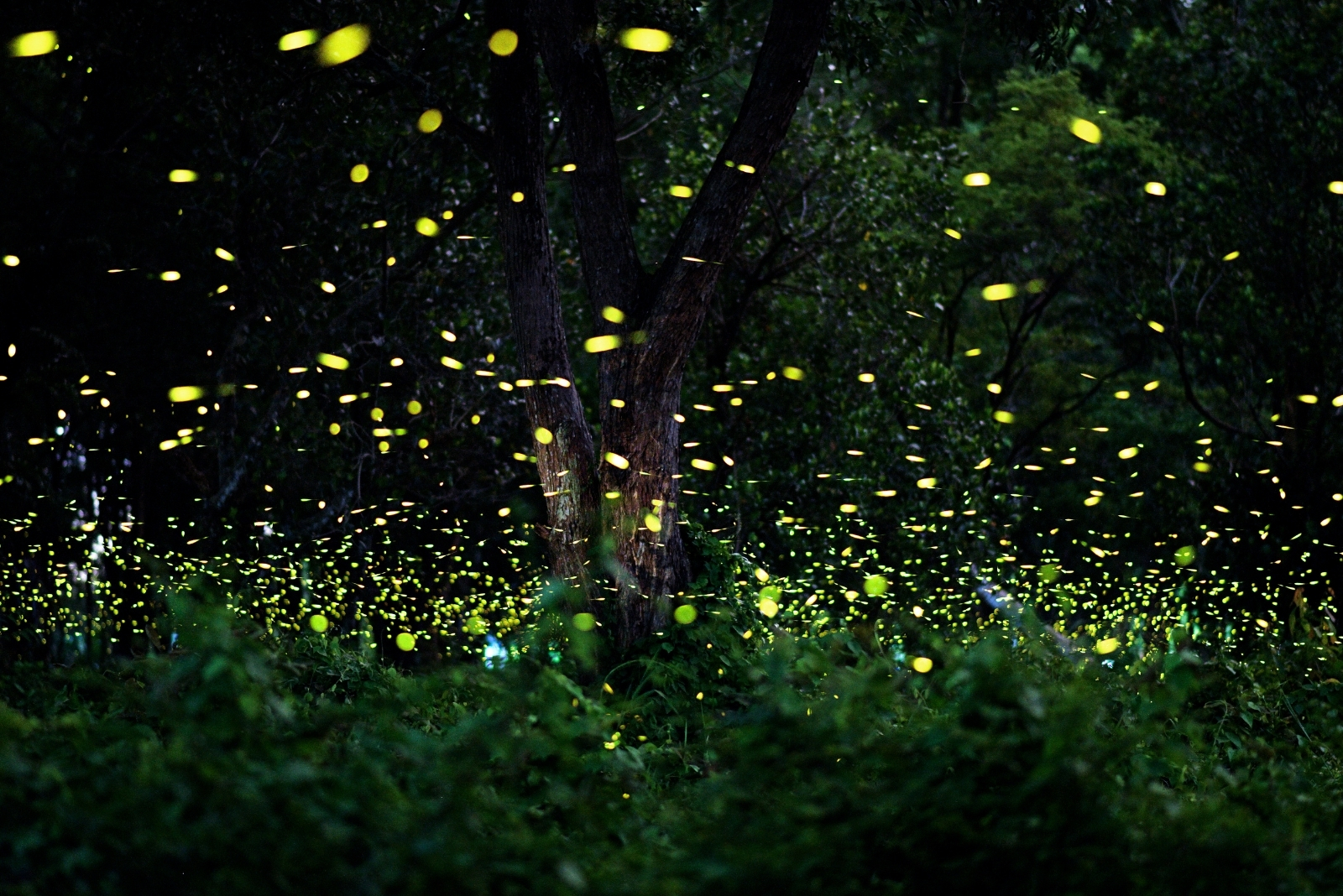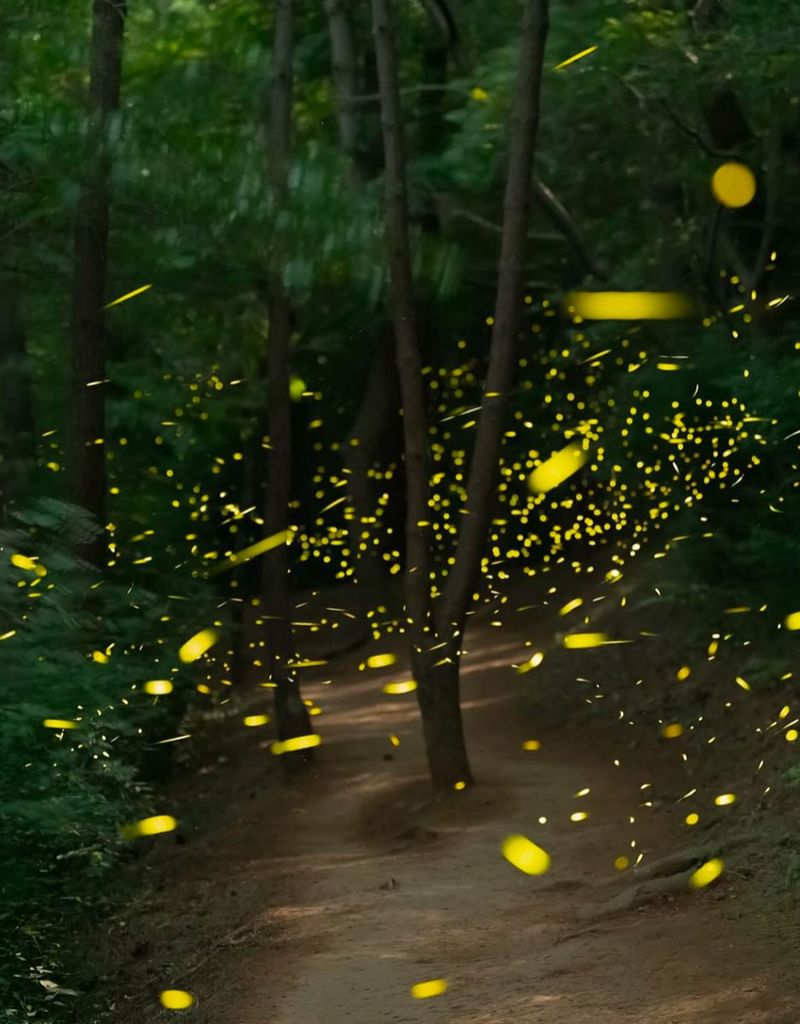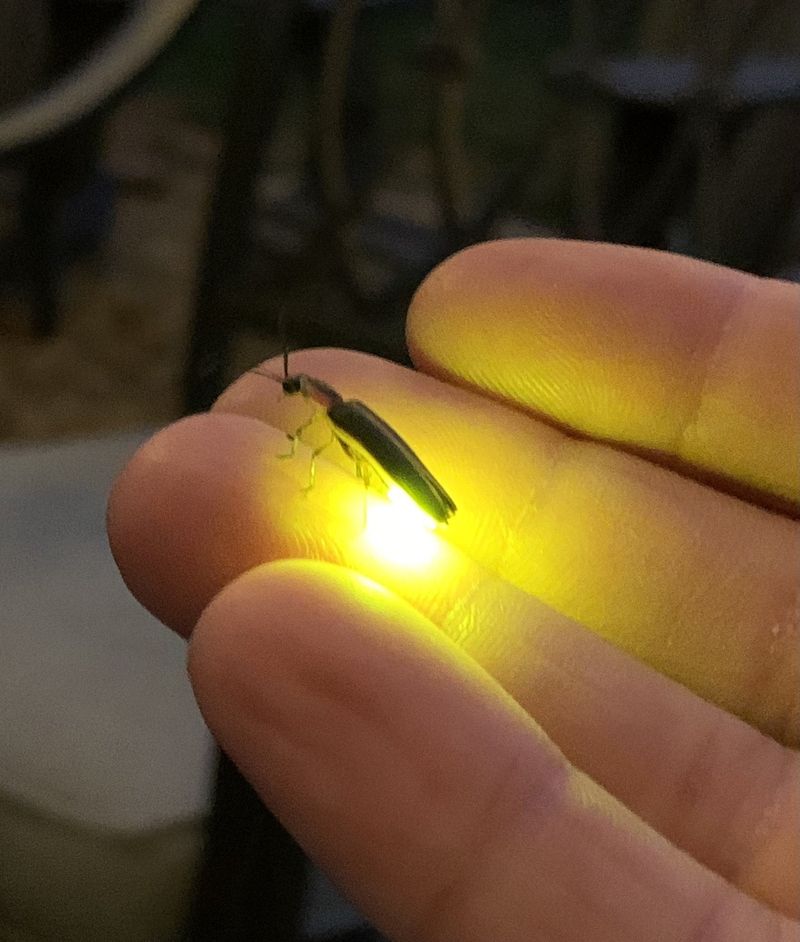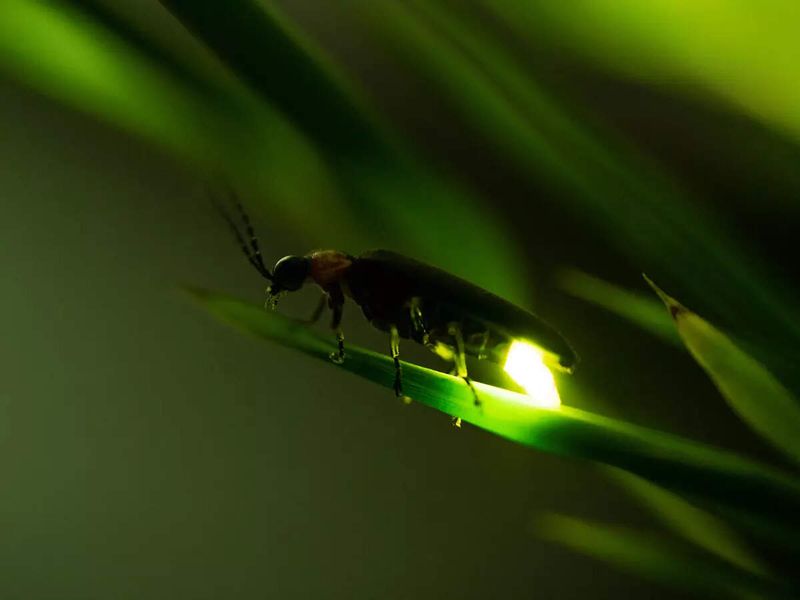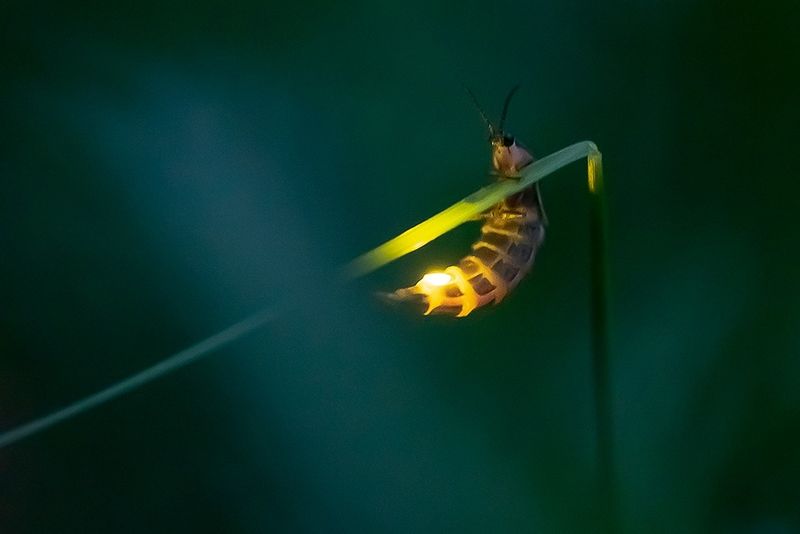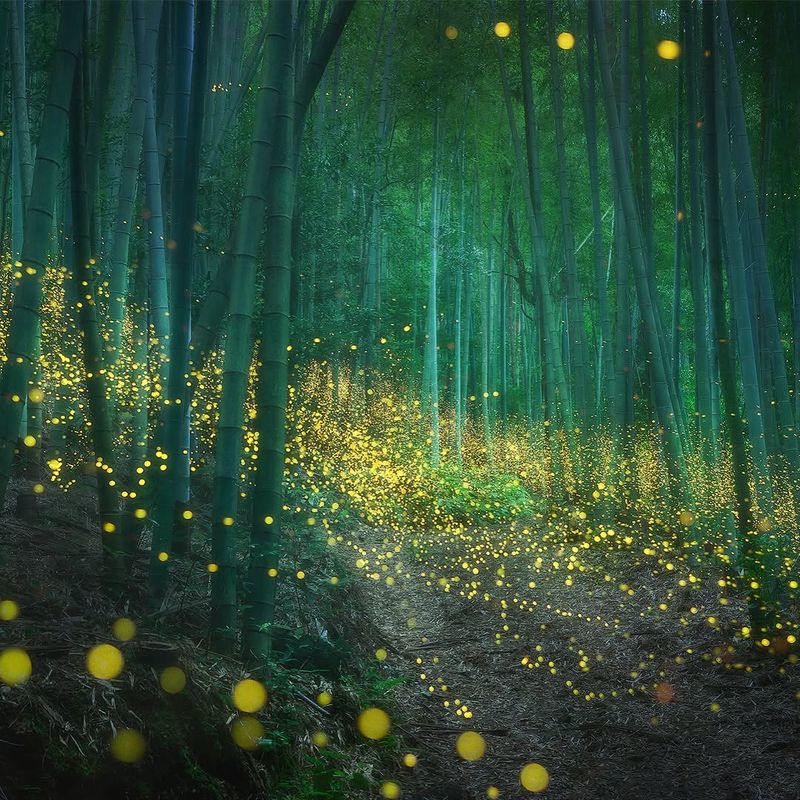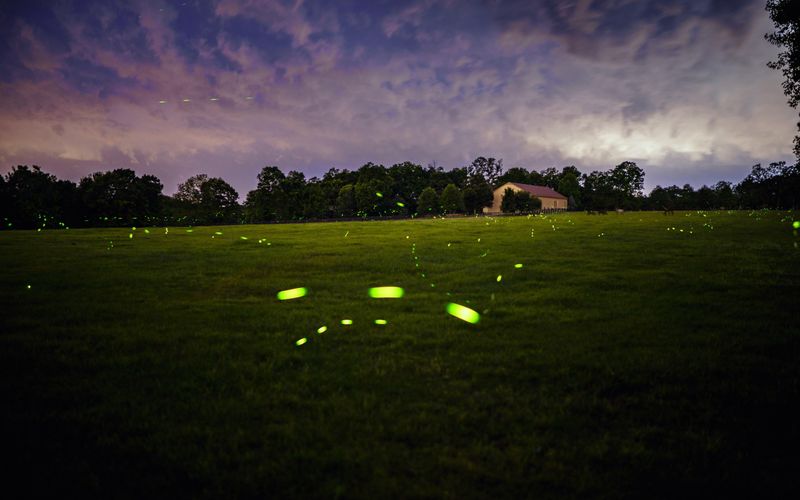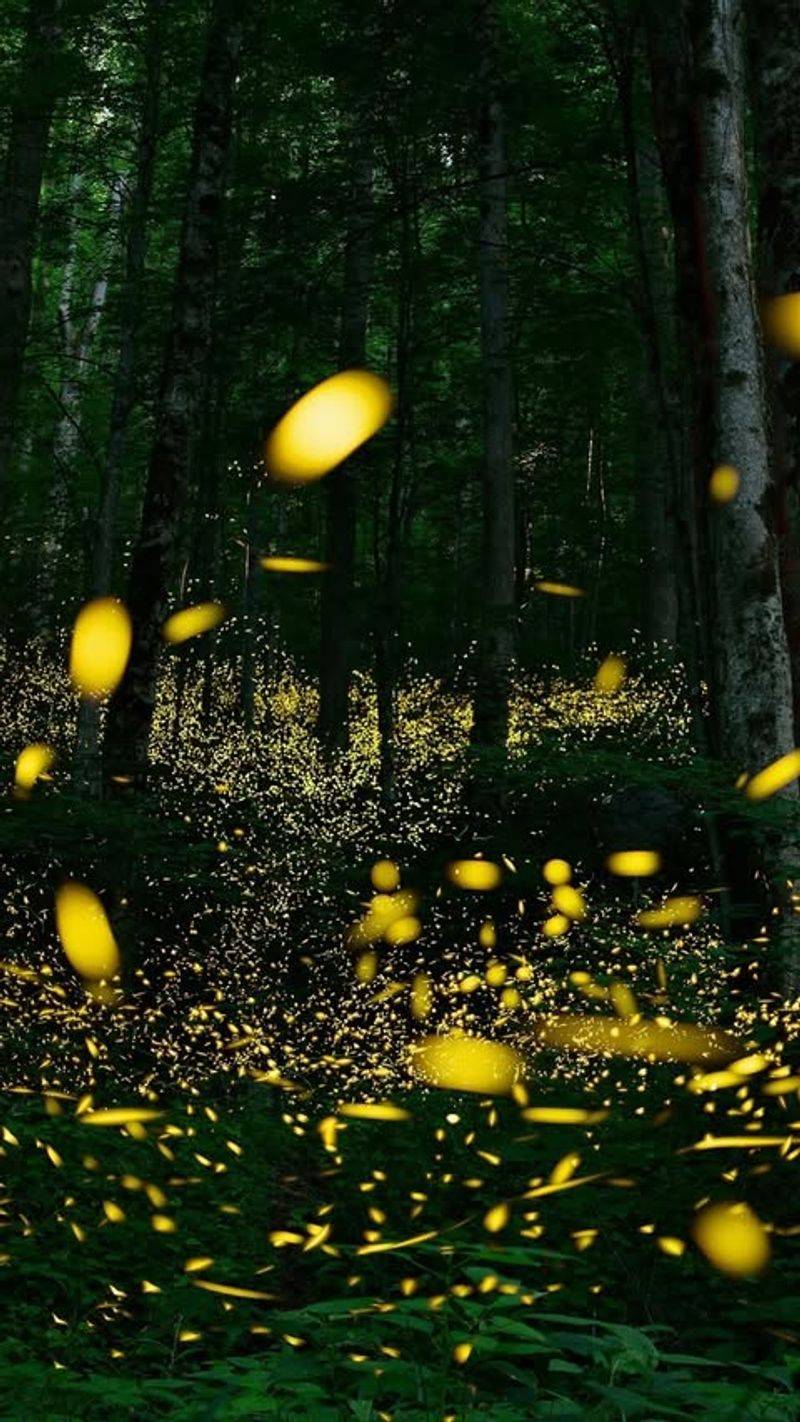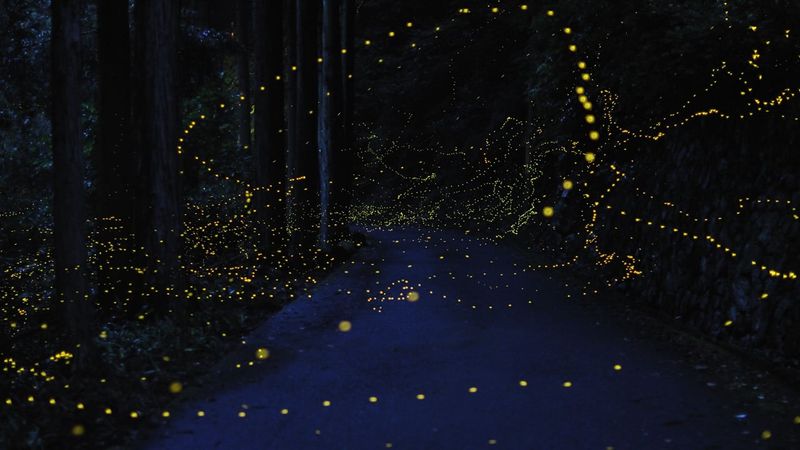California nights used to sparkle with the gentle glow of fireflies, but those magical lights are fading. It’s sad to see fewer of these enchanting visitors each year.
The causes are surprising and worth knowing for any nature lover. Here are 8 reasons fireflies are vanishing from California.
1. Loss of Natural Habitats
California’s wild spaces are shrinking fast as cities and suburbs expand. Fireflies need specific places like wetlands, meadows, and areas near streams to survive and reproduce.
When developers clear land for homes and shopping centers, fireflies lose the damp soil where their babies grow. Without their natural homes across California, these glowing beetles simply can’t find safe places to live anymore.
2. Artificial Light Pollution
Imagine trying to have a conversation when someone keeps shouting over you. That’s what artificial lights do to fireflies trying to find mates!
Male fireflies flash special patterns to attract females, but California’s bright streetlights, billboards, and building lights drown out their signals. Cities across the state glow so brightly at night that fireflies can’t communicate, making it nearly impossible for them to reproduce successfully.
3. Pesticide and Chemical Use
Farmers and homeowners in California use chemicals to kill unwanted bugs, but these pesticides don’t discriminate between pests and helpful insects.
Firefly larvae live in soil for up to two years before becoming adults, and during that time they’re extremely vulnerable to chemicals. Lawn treatments and agricultural sprays seep into the ground, poisoning young fireflies before they ever get a chance to light up California’s summer nights.
4. Climate Change Effects
California’s weather patterns are shifting dramatically, with longer droughts and unpredictable rainfall becoming the new normal.
Fireflies depend on moisture in the soil and air to survive, especially during their larval stage. Extreme heat waves dry out the damp environments they need, while unusual weather patterns disrupt their life cycles. Climate change is essentially making California too harsh for these delicate creatures to thrive anymore.
5. Water Source Reduction
Streams, ponds, and marshes are disappearing across California at an alarming rate.
Fireflies lay their eggs near water, and their larvae hunt for snails and worms in moist soil near these water sources. When California diverts water for agriculture and cities, or when drought dries up natural waterways, fireflies lose critical breeding grounds. Even small changes in water availability can devastate entire firefly populations in affected areas.
6. Invasive Plant Species
Non-native plants are taking over California’s natural landscapes, pushing out the native plants that fireflies depend on.
Invasive species like pampas grass and French broom grow so thick that they change soil moisture and block fireflies from accessing their traditional habitats. These aggressive plants also alter the entire ecosystem, reducing the snails and slugs that firefly larvae eat. California’s native balance is being disrupted in ways that make survival increasingly difficult for fireflies.
7. Urban Development Pressure
California’s population keeps growing, and with it comes more roads, parking lots, and buildings.
Every new development fragments firefly habitat, creating isolated pockets where populations become too small to survive long-term. Concrete and asphalt replace the soft, moist ground fireflies need, while increased traffic and human activity disturb their delicate life cycles. California’s rapid urbanization leaves little room for these gentle insects to maintain healthy, connected populations across the state.
8. Disrupted Food Chains
Firefly babies are tiny predators that feast on snails, slugs, and other soft-bodied creatures in the soil.
When California’s ecosystems get disrupted by pollution, development, or other environmental changes, these prey animals disappear first. Without enough food, firefly larvae starve before reaching adulthood. The whole food web across California is changing, and fireflies are paying the price as one disruption leads to another throughout their entire life cycle.

